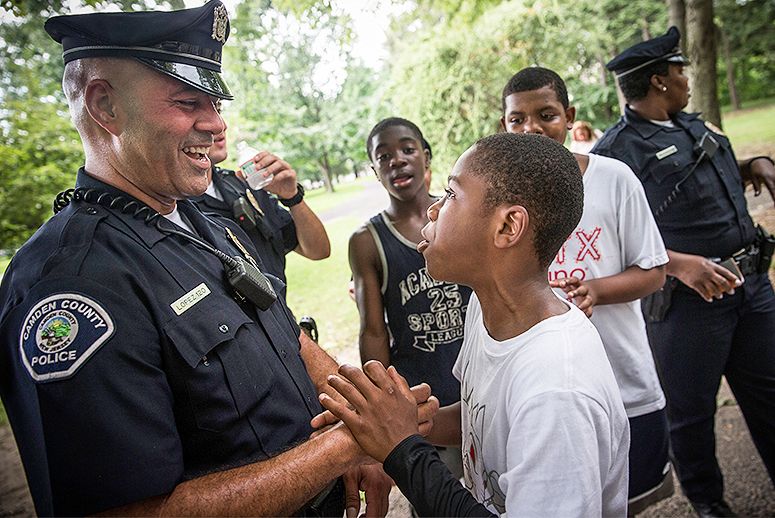PRIORITY KEEPING
The best public relations strategy is to do outstanding police work that prevents and solves crime. No amount of positive social media postings will suffice unless officers continue doing solid police work that results in the arrest of criminals.
OLD MEDIA
People still read, watch and listen to their local news. Police departments should not abandon these traditional outlets when adopting new media strategies. These outlets can reach a demographic that social media may not, and with a depth and context that exceeds what social media posts can convey.
MAXIMIZING POSITIVITY IN CONTACTS
Personal interactions are important to counteract the impersonal messages that show up in new media. A professional contact, an attempt to inject positive messages, taking time to listen and providing follow up will create individual narratives that can counteract impersonal critical media messages.
Although officers deal largely with people at a difficult time in their lives, officers have the opportunity to be empathic, to listen and provide gratitude (thank you for cooperating, thank you for making a statement, thank you for your attention) into most encounters.
GET ON YOUR FEET
The value of getting out of the patrol car can’t be overstated. Each officer should be equipped with business cards, junior police badges, 911 stickers or anything to interact and build trust with their community.
THE WAVE
A subtle hand wave is a great gesture that offers opportunities for officers to connect with the public.
It’s great to get the likes, views and smiling emojis, but it’s also great to get a handshake, a thank you and a wave as a sign of positive interaction with your community.
